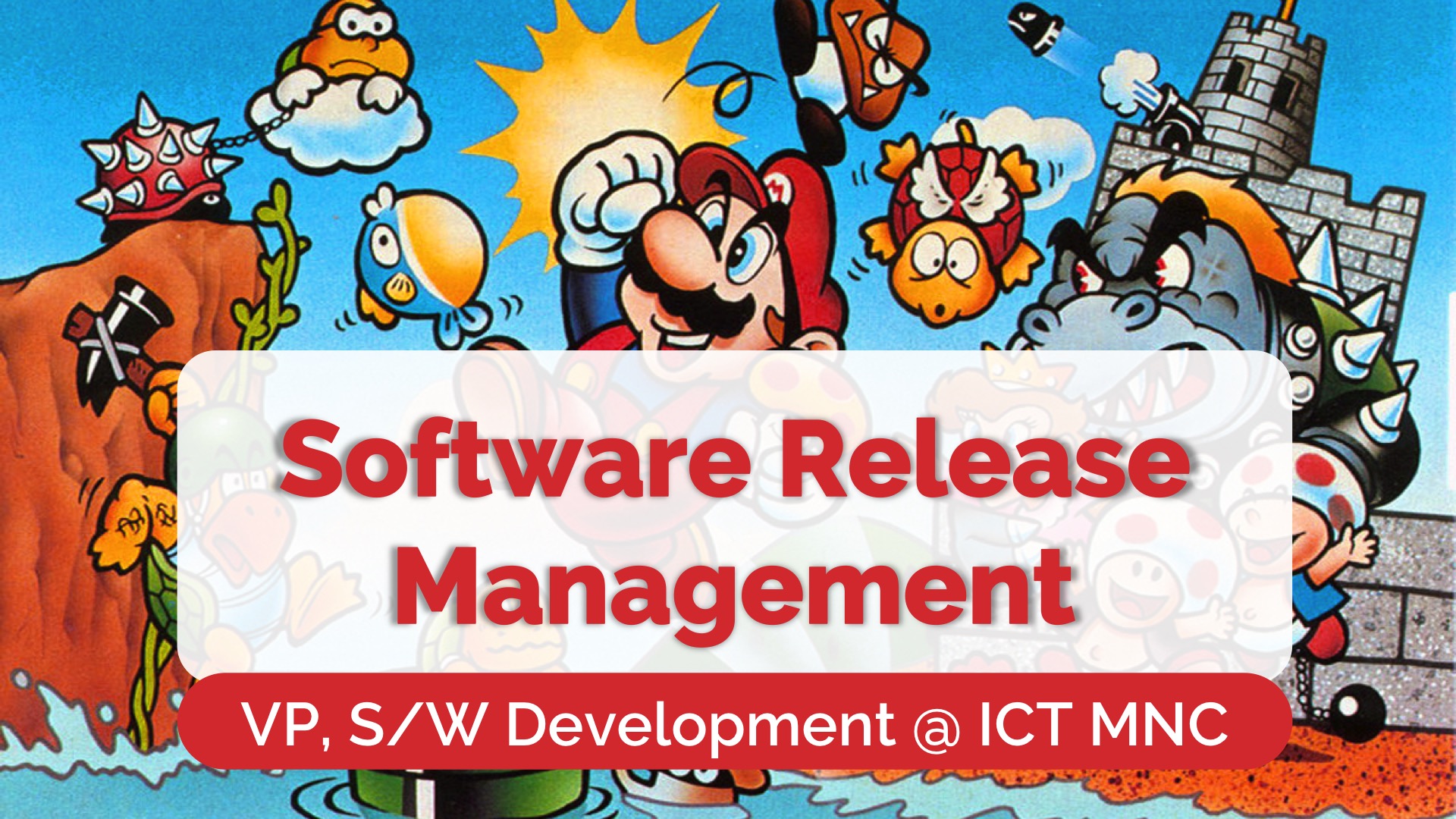A speaker’s job is becoming more difficult with each passing day.
In 2015, a Microsoft led study concluded that the average human attention span has fallen from 12 seconds in 2000, to eight seconds over the last 15 years. The same researchers also found that the ability of humans to multitask has improved.
Every time you take the podium, your audience is now checking the stock market, texting their family, dispensing a treat on their connected dog app, maybe even taking a selfie while they are supposedly listening to you. Phew! Is it any wonder that you now have to work twice as hard to capture their attention? No matter how good you already are, you will have to skill up your game significantly.
Enter Storytelling, the hip new kid on the Communications block.
Just last month I was prepping a business leader for a speech he was to deliver at an industry forum. He wanted to use a story to highlight the role of ecosystems in building the new Internet of Things. The problem with this scenario is that every single speaker now uses stories, and with 12 other speakers telling stories about technology and it’s role in every-day life, how do I help my speaker to stand out?
I instantly found myself back in 8th grade history class, remembering India’s struggle for freedom. The Sepoy Mutiny of 1857, aka India’s first revolt against British rule, may never have come to fruition if in 1851 the East India Company had not laid the foundation of a railway network in the country. For decades, there had been escalating unrest among various sections of Indian nationalists, and it was manifest as isolated small-scale protests scattered across the country. These uprisings had failed to capitalize on each other’s momentum — for lack of communication and coordination.
The 1857 Mutiny began in the barracks at Meerut, when the soldiers rebelled against the use of cow and pig grease on bullets as it violated their religious beliefs. At any other time, this is where it would have started and ended — but this time was different.
The railway network — which connected a few major cities in the northern and central parts of India — enabled news of the uprising to spread. It also allowed for congregation of the various mutiny leaders in a short period of time, and transformed a localized mutiny into India’s first war for independence.
We decided to use this example to showcase the power of networks and ecosystems. My speaker told the story brilliantly, and the audience related to it instantly. The result? He was nominated the most interesting speaker at a conference that featured far more seasoned presenters. We have now received requests for him to present the same speech on other platforms.
Now, that’s what I call a happy ending!
When faced with a similar conundrum, here’s how you ferret out the right stories to break through the clutter:
- Look for parallel situations from different times and geographies. In our case, we took inspiration from history. You might find yours in tales from another land.
- Think about what other industries are doing, and whether some of their stories might apply to your situation. There are common challenges and themes that all sectors face, and you can transport some learnings across sectors.
- Mythology and fiction are a rich source of inspiration. You will almost always find stories in the Mahabharata, Aesop’s fables, or the Jataka tales that you can retell with a modern interpretation. India, Greece and Old Europe have a rich tradition of storytelling. Reuse it.
- Local news and happenings are a good source of stories that will help you connect with a local audience. e.g. Karnataka is today embroiled in a water war with it’s neighbor Tamil Nadu. Each state wants a fair share of water from the river Cauvery, and neither is getting enough because of a drought. We could have used this situation, to show your audience how the Internet of Things can help to better anticipate water shortfalls, track and measure waht each state truly needs, make their water usage more efficient, and help alleviate this crisis.
- Calling on popular culture and trends can be a sure
 fire way to connect with your audience. One of my speakers presented this to freshly minted engineers. My creative challenge was to engage a young audience, and help them enjoy a topic that can be perceived as staid and possibly irrelevant. So, the world’s favourite plumber came into play.
fire way to connect with your audience. One of my speakers presented this to freshly minted engineers. My creative challenge was to engage a young audience, and help them enjoy a topic that can be perceived as staid and possibly irrelevant. So, the world’s favourite plumber came into play.
Key takeaway here? Look around and pick up on the stories and happenings that interest and intrigue people around you, whether they are freshly minted or have stood the test the time. These things will help you tell stories that stick.
First published on medium.com
Title image courtesy: Flickr


0 Comments